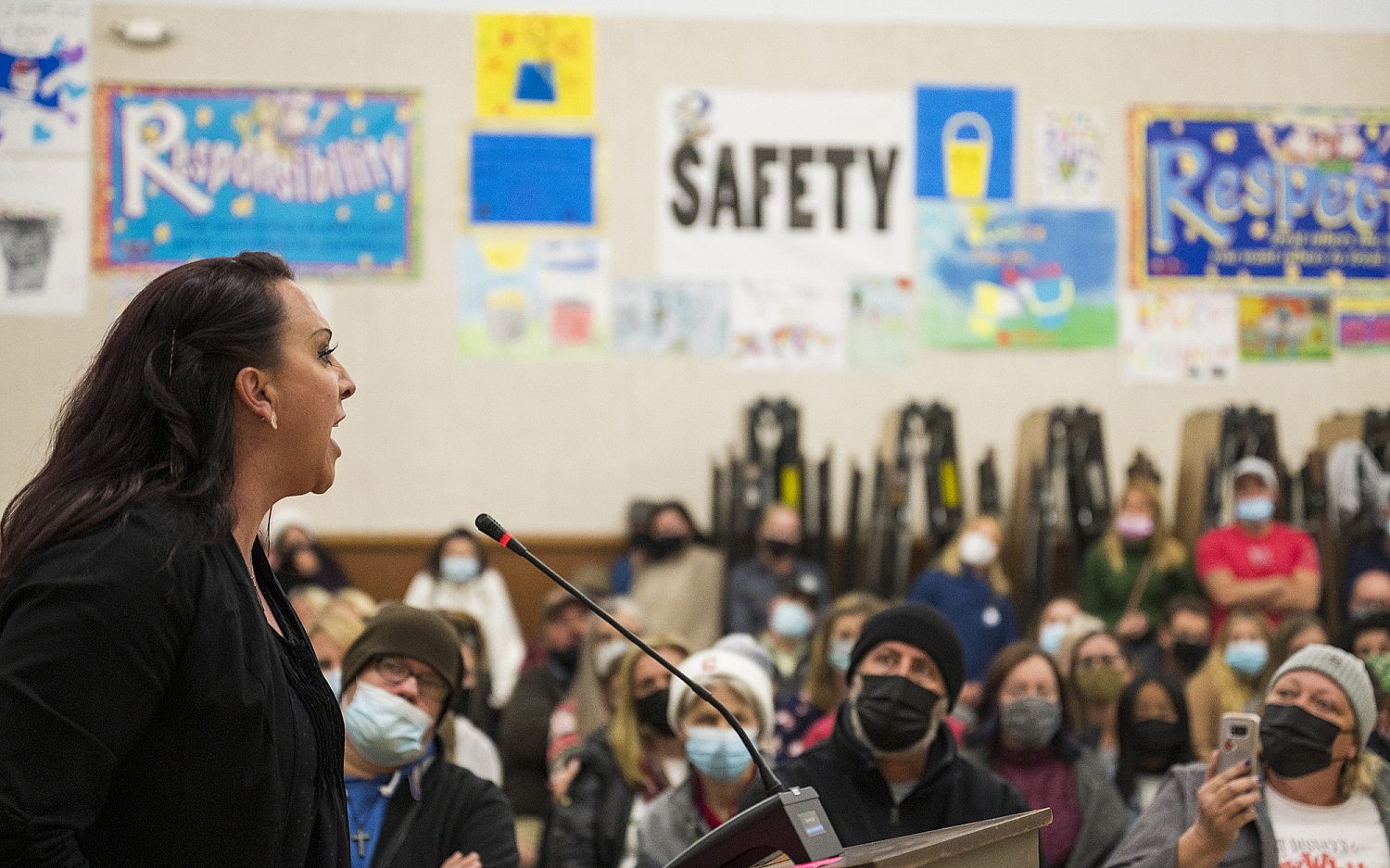Head Start: Fishy finances
In Greg Kaufmann’s latest installment of “This Week in Poverty” for The Nation, he claims Congress has turned its back on rural America through the sequester. As we did last week, WORLD fact-checked the argument he makes through the pains of a Head Start provider. The disconnect between national funding reports and those on the ground raises many unanswered questions.
Head Start is a federally funded education program for low-income children too young for public school. Kaufmann helpfully profiles the Southeast Kansas Community Action Program, or SEK-CAP, a Head Start provider with a wide range of other services, including weatherizing the area’s old homes to help poor families with energy costs. The 12-county service area covers 7,000 square miles in the sparsely populated, poorest part of Kansas. And due to the sequester, SEK-CAP closed its Head Start center in the town of Neodesha, population 2,500.
WORLD talked to Becky Gray, SEK-KAP’s director of research, planning, and grants development (and the semi-unidentified “Gray” in Kaufmann’s story). Neodesha had no Early Head Start services: It just served ages 3 to 5, not 0 to 5 as Kaufmann implied. The 17 children dropped from the program are thus much closer in age to Neodesha’s other early childhood learning option: a school district program for at-risk 4-year-olds.
That program, though, is at capacity itself, Gray said. And in addition to schooling, SEK-CAP gives financial, nutritional, and literacy counseling to families in an area where one in four children lives in poverty. That, she said, can’t be replaced. SEK-CAP will be able to serve 10 Neodesha children in their homes, but several of those slots were taken from another town.
She told Kaufmann the “concern is that too many parents are turning to ‘the house down the street’ to watch their kids.” A neighbor’s house could be fine, she clarified, but likely would have no early childhood training. Government-inspected and licensed child care, she argued, is the best option: “I hate to paint a really ugly picture of Southeast Kansas, but … there’s a lot of environmental and economic factors that as a parent, I think it’s ultimately important to have licensed child care.”
The enrollment cuts could have been worse. The organization cut 11.6 percent of its enrollment in 2012 in part to raise salaries and recruit teachers to a region “experiencing urban flight.” Gray said they were anticipating the sequester as well: “We knew it was coming and started steering the ship back then.”
As we showed last week, though, Head Start’s national budget raises serious questions about why the cuts hurt so much. The sequester’s 5.27 percent budget cut balances out the budget increase of 5.1 percent in 2012. Head Start had its highest enrollment ever in 2011, with a budget almost identical to what it had post-sequester, which is still $695 million higher than the 2008 budget.
SEK-CAP, though, seems to be another example of how the national money picture hasn’t panned out on the local level. While Early Head Start funding has increased for SEK-CAP, the organization’s 2011-12 report indicates Head Start funding may have actually declined: Earmarked cash isn’t the only source of funding, but last year’s $4 million is the lowest in SEK-CAP’s seven years of reports.
“I think that disconnect might be where the issue lies because—on paper and from a national perspective—it would be very easy to spin a story and say that cuts aren’t really that bad,” Gray said. “From my seat at a rural non-profit, the sequester means jobs, programs, and people are negatively impacted—even cut completely.”
Congress may not have turned its back on rural America—the sequester was an indiscriminate, across-the-board cut—but we do see a fishy fiscal disconnect between national and local levels. Kaufmann wrote a moving story on life on the front lines of the sequester, but Head Start’s national budget reports don’t paint such a dire story. The billion-dollar question: Why?
An actual newsletter worth subscribing to instead of just a collection of links. —Adam
Sign up to receive The Sift email newsletter each weekday morning for the latest headlines from WORLD’s breaking news team.




Please wait while we load the latest comments...
Comments
Please register, subscribe, or log in to comment on this article.